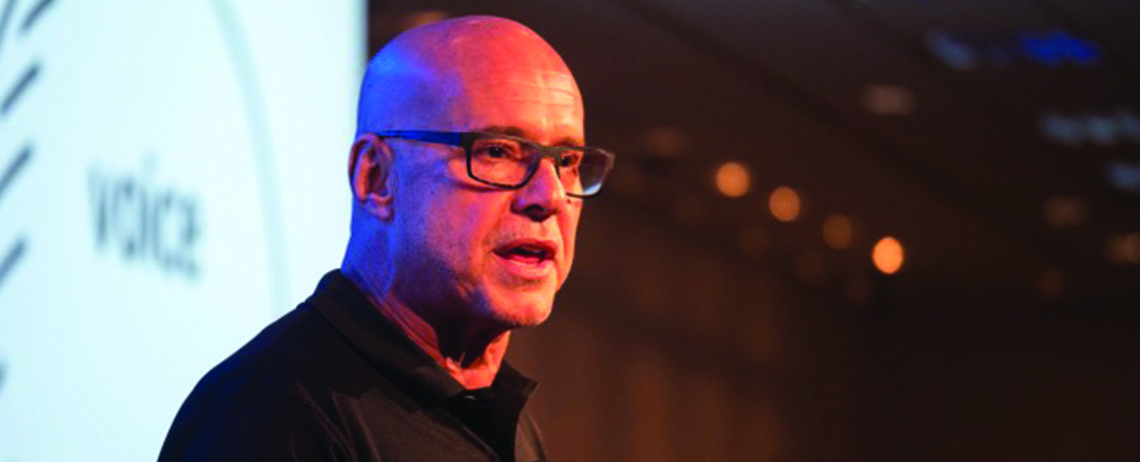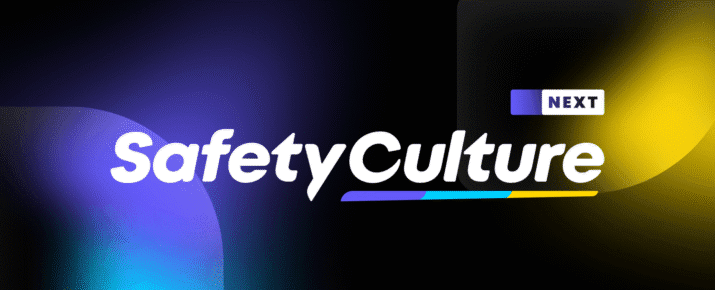How to Transform Your Staff Into Your Best Brand Ambassadors
SafetyCulture News | By | 14 Nov 2018 | 4 minute read

All the bells and whistles of strategy, focus, direction and management don’t matter if a business is hit with a public relations crisis.
If your brand is your most valuable asset, then your employees, particularly those who interact with the public, are directly responsible for maintaining and communicating what a company stands for.
With social media a single stuff-up can hit the public sphere instantly and develop into something catastrophic overnight. But equally, positive experiences can go viral and are worth their weight in advertising and brand dollars. This organic brand PR, usually around staff going above and beyond for customers, has enormous impact.
The challenge for companies is getting staff to present the right message, the right way, every day. Brand consistency and quality, particularly in organisations with millions of customer touchpoints, can be a monumental headache.
In July, Virgin America won big with the viral video of one of its flight attendants, Mikey Tongko-Burry, enthusiastically letting loose with a string of dance moves to the company’s musical safety video.
Brand expert Richard Sauerman says it is possible to cultivate brand ambassadors, so long as employees felt connected and a valuable part of the company.
He cites a Gallup study that found just 24 per cent of Australian workers said they were engaged with their job. That means more than three quarters of workers are not.
“Now, what sort of service are you going to get out of them?” he says.
“The challenge of the organisation is to switch on those people’s lights and to engage them meaningfully behind ‘This is what our brand’s about and this what we do, and this is why we do it, and this is why it’s good for you’.
For Virgin flight attendant Tongko-Burry, his spontaneous dance was his response to what he felt was an emotional occasion: Virgin America had been taken over by Alaska Airlines and it was the last time he would perform the musical safety video before it was retired.
It worked well because it reflects the connection he had with his company and its brand, and was a positive send off ahead of its new incarnation under Alaska.
The flipside of viral footage is how quickly negative episodes spiral. Disturbing images last year of a man being physically dragged off an overbooked United Airlines flight sparked public outrage. The immediate aftermath saw $US1.4 billion knocked off the company’s value.
In hospitality, poor food service draws a big response on social media. A video emerged in 2017 of an American KFC branch’s workers using days-old food. The company responded quickly, saying the footage was years old. It turned the episode into a positive by pushing the message that it had since upped the ante, revitalising the brand with a campaign it had tagged Re-colonelisation.
“While Re-colonelisation was not related to this incident, it included investing more than 100,000 hours in team member training and recertification of our cooks, going back to the Colonel’s values on how we prepare and serve food to our guests, and most importantly, inviting America back into our restaurants for a new experience,” a KFC spokesperson told Business Insider.
There are signs that the KFC program has boosted sales and the company is performing better—and what it reflects is that investing and infusing brand values into staff is of vital importance.
Behaviour, not advertising
Sauerman says you have to get staff thinking about their contribution to the company beyond their paycheck. Advertising can put forward any message about a company, he says, but it takes just one person to screw it all up.
“Branding isn’t advertising,” he says. “Branding is how a company behaves and how the people of the company behave. Branding isn’t about marketing. It’s a leadership conversation. It starts with the CEO.
That behavior extends beyond staff interactions—it also includes the digital spaces where people engage with your brand. Whether it’s an online store, a booking platform, or an informational site, your digital experience should reflect your company’s values. This is where reliable website development services come into play. A well-structured site that’s intuitive, fast, and on-brand reinforces consistency across touchpoints—just as much as customer service does in person.
When Sauerman worked at advertising agency McCann Erickson in the 1990s, he headed strategy for Microsoft during a period when it’s relationship with channel partners was problematic, he says.
Microsoft came across as aloof and arrogant and its relationships were impersonal. He told the company to use its staff as ambassadors, to go into the channel partners, shake their hands and be genuinely interested in their business and concerns.
The cultural shift was “massively effective” and changed Sauerman’s outlook on how brand is about peoples’ behaviour, not advertising.
Workers can build brand
Even in industries where staff turnover may be high or the jobs are minimum-wage positions, it is possible to engage employees enough so they develop into brand ambassadors, he says.
“You have to massage the brand into reality and that’s a massive part of what great branding is.
“You say here’s the brand, here’s the plan, here’s the vision, this is the purpose. Then you take it to the people in the organisation and you go, ‘all right, here we are guys. So what are you going to do, Jack, and what are you going to do, Jill, In your role, in your thing, to make this a reality?”
Crucially, engagement comes by reinforcing the impact they can have on driving brand purpose and reputation. “Obviously you want to earn a pay cheque. But I believe most people want to be part of something that’s making a contribution, that’s making a difference to the lives of others and society in some way,” he says.
“Because this is your life. It’s your chance to make a difference, not just to make a dollar. This is your time to make a contribution. Don’t you want to do that? Everybody naturally wants that. Everybody goes, ‘Yeah, I want to be part of something.’
“OK, you are—so let’s do it.”
Important Notice
The information contained in this article is general in nature and you should consider whether the information is appropriate to your specific needs. Legal and other matters referred to in this article are based on our interpretation of laws existing at the time and should not be relied on in place of professional advice. We are not responsible for the content of any site owned by a third party that may be linked to this article. SafetyCulture disclaims all liability (except for any liability which by law cannot be excluded) for any error, inaccuracy, or omission from the information contained in this article, any site linked to this article, and any loss or damage suffered by any person directly or indirectly through relying on this information.





